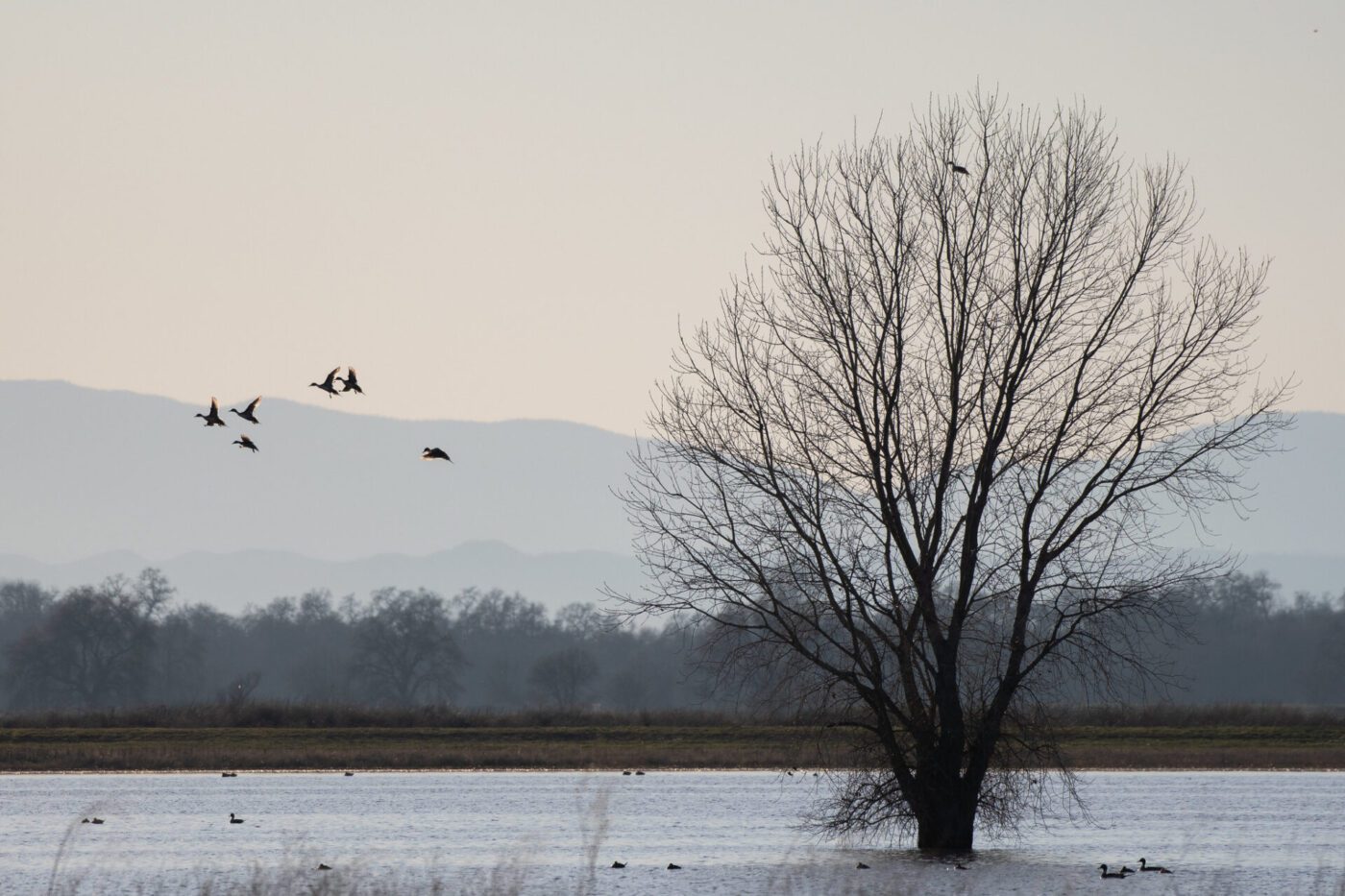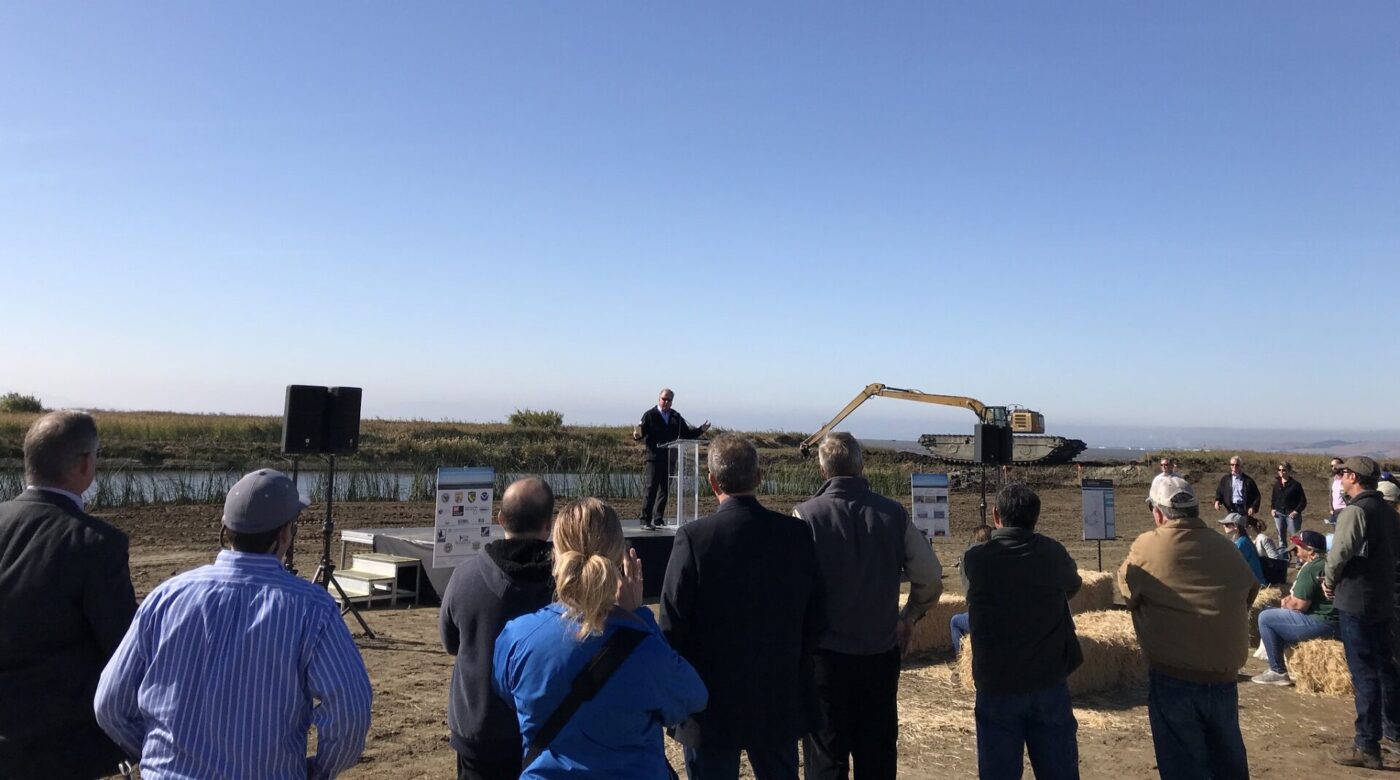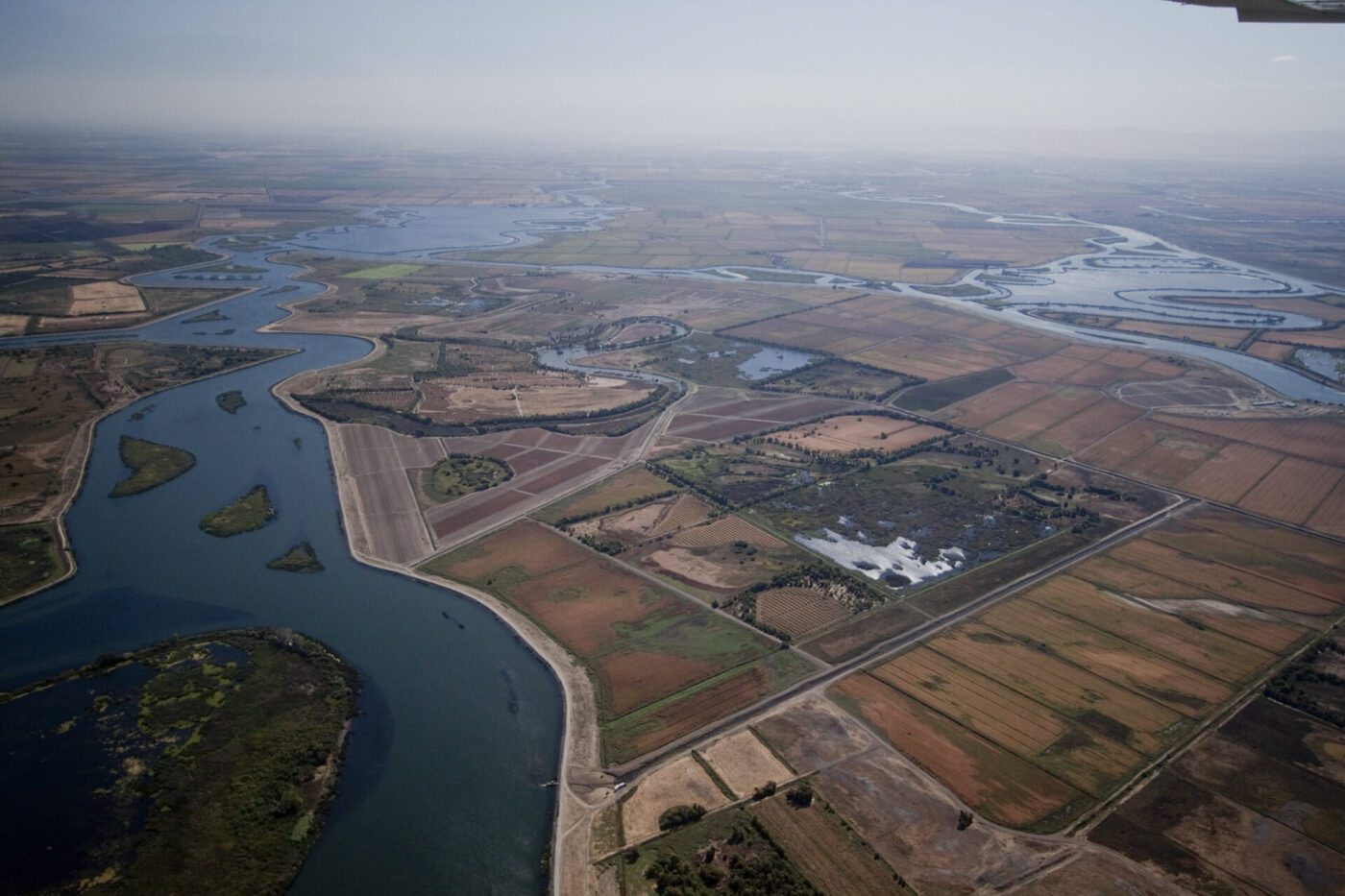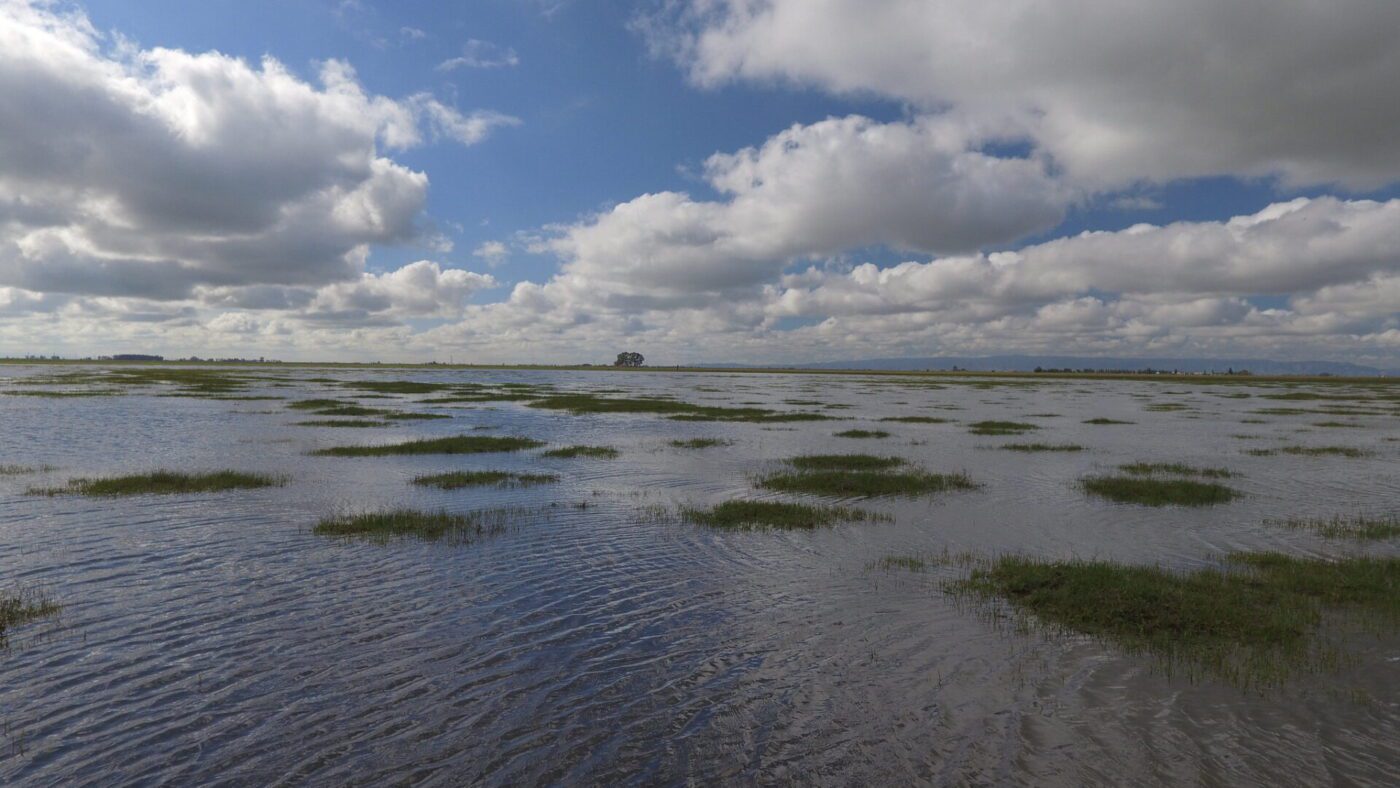Monday November 13, 2023

Wetlands are vitally important ecosystems that serve as critical habitat for numerous species of flora and fauna and provide incredibly valuable ecosystem services in the form of carbon sequestration, flood risk reduction, nutrient cycling, and water filtration. Despite their importance, these habitats have been lost at a dramatic rate. Humans are experts at wetland draining and reclamation, so much so that an estimated 60 acres (an area equivalent to more than 45 football fields) of wetlands were lost every hour in the lower 48 states between the 1780s and 1980s. Though this rate has slowed in recent decades, it certainly hasn’t stopped. Globally, about 1,544 square miles of tidal wetlands were lost in just the last 20 years. However, as the understanding of the value of healthy wetlands has improved, there have been growing efforts to restore these ecosystems. This is particularly true in the Central Valley of California, which has only about 10% of its historic wetlands remaining. To rebuild these critical habitats, an inter-agency agreement known as the Fish Restoration Program (FRP) was made between the California Department of Fish and Wildlife and the California Department of Water Resources in 2010. Since its inception, the FRP has made significant strides toward restoring wetlands, and a workshop was hosted by the State Water Contractors on November 1 to review current progress and discuss work that remains to be done.

The Delta-Suisun Tidal Wetland Restoration Symposium brought together scientists, resource managers, and other stakeholders to collaboratively discuss the state of the science surrounding tidal wetland restoration, with a specific focus on how restored wetlands support at-risk fish species. The main goal of the FRP is the restoration of 8,000 acres of tidal wetlands to support populations of Delta smelt (Hypomesus transpacificus), longfin smelt (Spirinchus thaleichthys), and Chinook salmon (Oncorhynchus tshawytscha). On-the-ground efforts began in 2018 with the restoration of wetlands at Decker Island and Flyway Farms. Each year since, FRP has carried out additional restoration efforts, including Tule Red, Winter Island, Lower Yolo Ranch, and Wings Landing, to name a few. Additional projects are underway or on the horizon, including sites at Lookout Slough and Prospect Island. Now that the first restoration projects are five years old, half a decade of water quality, habitat, fish, and invertebrate data are available for analysis, allowing managers and restoration practitioners to gain valuable insight for the adaptive management of wetlands.

The heavily channelized Sacramento-San Joaquin Delta, which was historically dominated by wetland habitats.
The symposium provided a forum for scientists from multiple agencies and academic institutions to present on the monitoring and research conducted on restored wetlands. By implementing a meticulous study design using before-after-control-impact (BACI) analysis, researchers compared data from intentionally restored wetlands, passively restored wetlands (meaning areas where levees have accidentally breached), and adjacent existing wetlands. In doing so, researchers significantly advanced their understanding of restoration impacts on water quality, food webs, and biodiversity. This led to remarkable findings, including the fact that the physical shape of restored wetlands plays a significant role in the growth potential they provide to rearing salmon, as well as what native and non-native species may be present in them. However, many questions remain, particularly when it comes to fish. Specifically, there is a need to better understand fish movement and habitat use within restored wetlands and more quantitatively assess the benefits restored habitats provide fish in terms of refuge, rearing, and reproduction. These are questions that future studies will seek to address.

A flooded seasonal wetland.
It is critically important to be strategic and data-driven in restoration because rebuilding a wetland is an expensive and labor-intensive endeavor. As monitoring provides more long-term data, it is becoming possible to design and manage wetlands to maximize the chances of success and achieve specific benefits. Through careful tracking of the restored habitats and the life they contain, it becomes possible to draw clearer connections between restoration actions and realized ecological outcomes.
This post was featured in our weekly e-newsletter, the Fish Report. You can subscribe to the Fish Report here.
